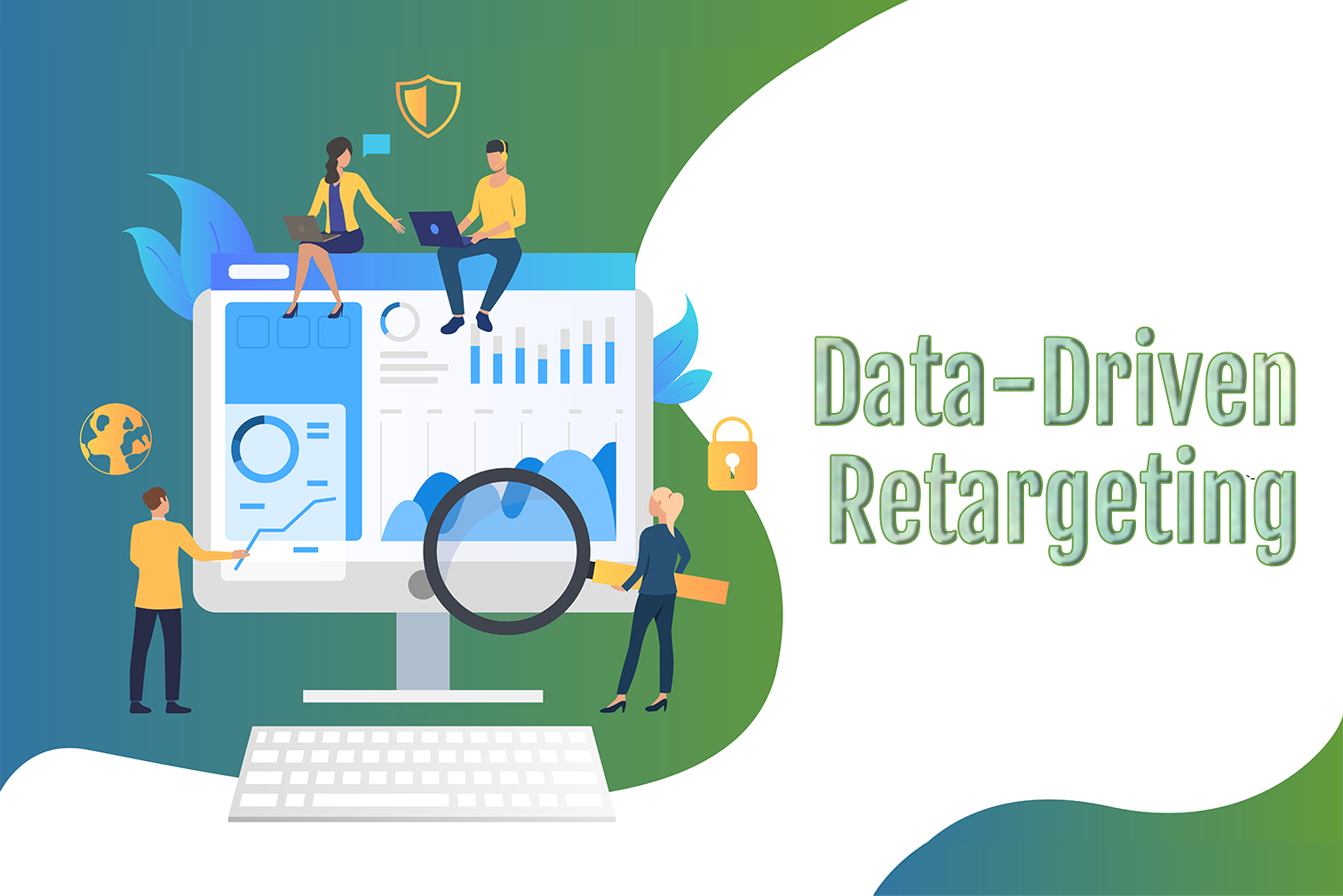Introduction:
Do you want to increase your conversion rate? Data-driven retargeting may be just what you need. This technique involves reaching out to potential customers who have interacted with your brand online before. By reminding them of items they left in their cart, you can motivate them to return and complete their purchase. Retargeting is a crucial element of an effective digital marketing campaign, particularly in today's world of endless advertisements. Mastering the art of data-driven retargeting can help you stand out in the crowd. Keep reading to learn more.

Understanding your audience
If you want to become a pro in data-driven retargeting, you have to start by knowing your audience. The key to this is gathering crucial data and analyzing it to uncover insights about your potential customers.
- Who are they?
- What are they interested in?
- What motivates them to purchase?
All of this information is essential. Without knowing exactly who your customers are and what they want, you won't be able to retarget them effectively. But no need to worry, we won't bore you with long and tiring market research processes. We'll make sure to keep it informative yet easy to understand. Let's get started!
Defining your retargeting strategy
Defining your retargeting strategy can be overwhelming, but it doesn’t have to be.
- Start by setting clear goals. Are you trying to increase sales or website traffic? Maybe you simply want to raise brand awareness. Whatever your objective, make sure it's measurable and achievable.
- Next, choose the right channels to display your ads. Are you targeting customers who abandoned their carts? Consider using Facebook or Instagram. For customers who visited your site but didn’t make a purchase, consider display advertising.
- Creating a retargeting schedule is essential for reaching potential customers at the right time. Determine how often you want your ads to display and for how long. Ensure that it's not too frequent to prevent annoying your audience and leading them to ignore your ads altogether.
- Selecting triggering events is crucial for displaying the right ads to the right audience. If a customer abandoned their cart, show them the product they left behind. For customers who viewed a particular product, show them related items.
Remember, your retargeting strategy should be fluid and regularly reviewed for effectiveness. Don't be afraid to adjust and refine your approach to achieve the desired results.
Creating engaging retargeting content
After identifying potential customers and defining your retargeting strategy, focus on creating content that will attract those who have shown interest in your brand. Personalizing your messaging by using the customer's name, referencing their interactions with your brand, or suggesting products based on their browsing history is essential in keeping them engaged.
Use captivating design elements and high-quality images to make your content memorable and don't forget to include clear calls-to-action that are easy to follow. Follow these tips to create retargeting content that not only re-engages potential customers but also adds value to their overall brand experience.
Implementing your retargeting campaign
To make your data-driven marketing strategy successful, it is essential to execute your retargeting campaign properly. To avoid showing irrelevant ads, you must have appropriate tracking and measurement tools in place. It's also important to test and adjust your strategy for achieving your marketing goals.
Always consider the preferences and behavior of your target audience and customize your retargeting campaign accordingly. With the right implementation, you can witness a boost in conversion rates and obtain more sign-ups.
Building customer trust and loyalty
To succeed in retargeting, it is essential to have the trust of your audience. Be transparent about your use of retargeting and the information you gather. Also, offer valuable content like blog posts or social media updates to show your audience that you care about their interests, not just selling them products or services. By treating your customers as people, rather than just data, you can earn their loyalty and trust, leading to successful retargeting results.
Conclusion
To sum up, data-driven retargeting involves using customer data to reconnect with potential customers and drive sales. By understanding your audience, forming a strategy, producing interesting content, and establishing trust and loyalty, you can develop a retargeting campaign that achieves measurable outcomes. The advantages include higher conversions and revenue, increased customer engagement, and a deeper understanding of your target market. So, go ahead and start your retargeting campaign with confidence!
